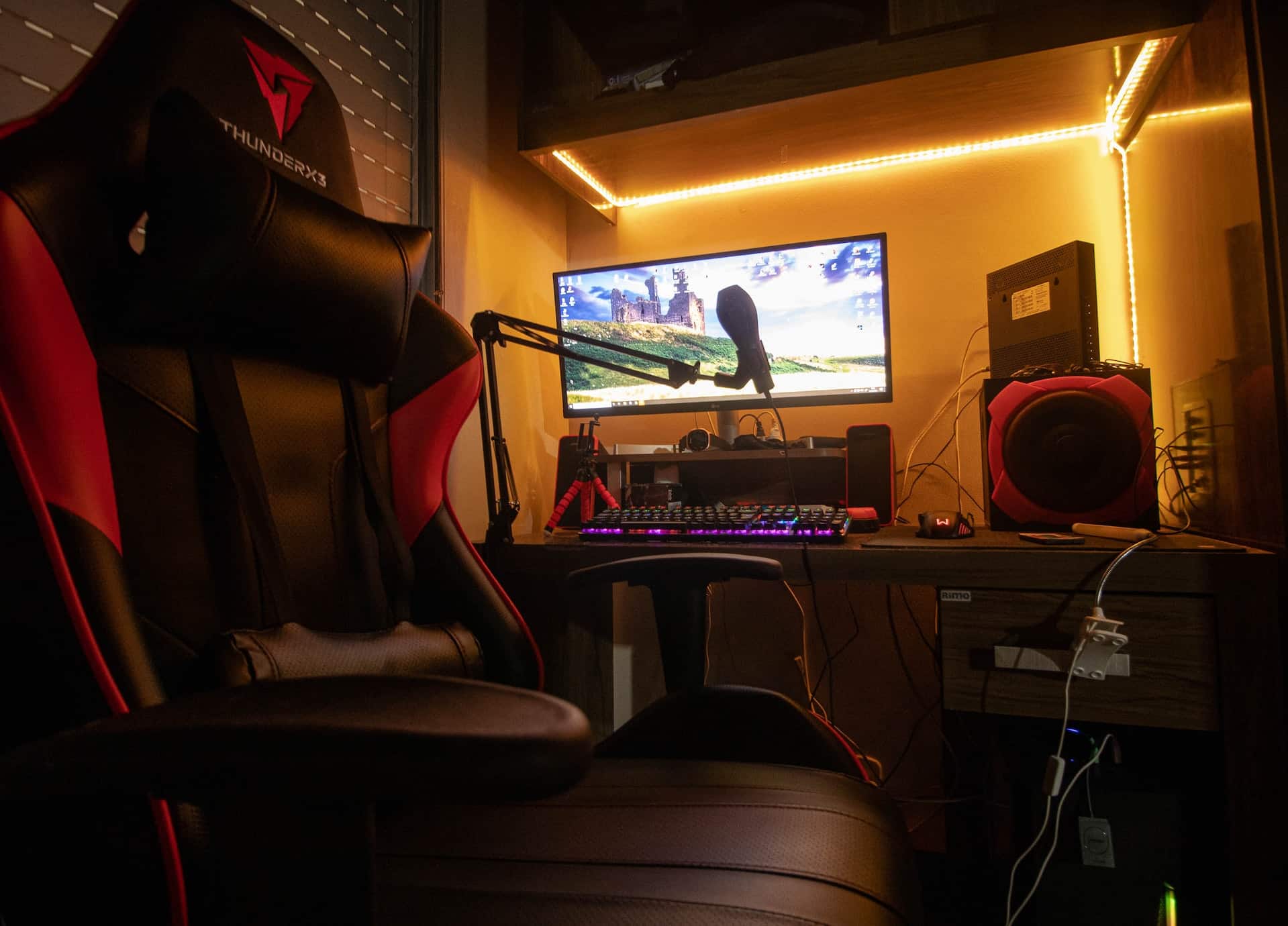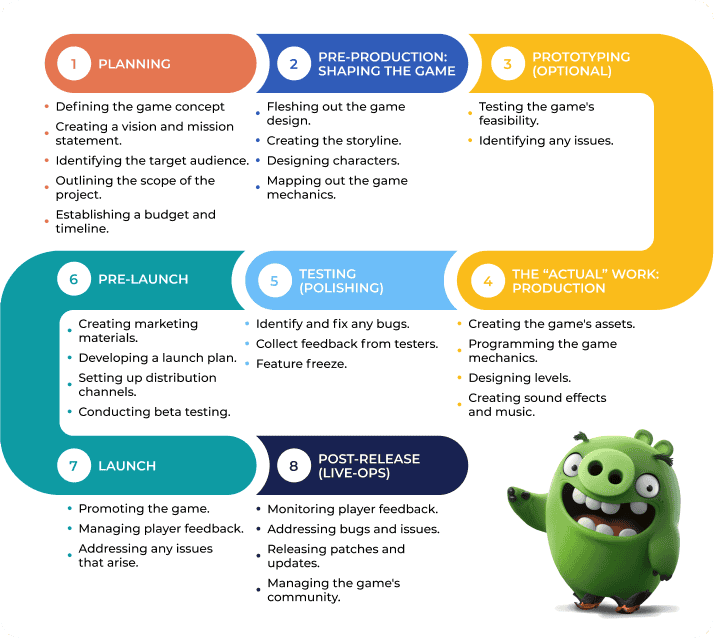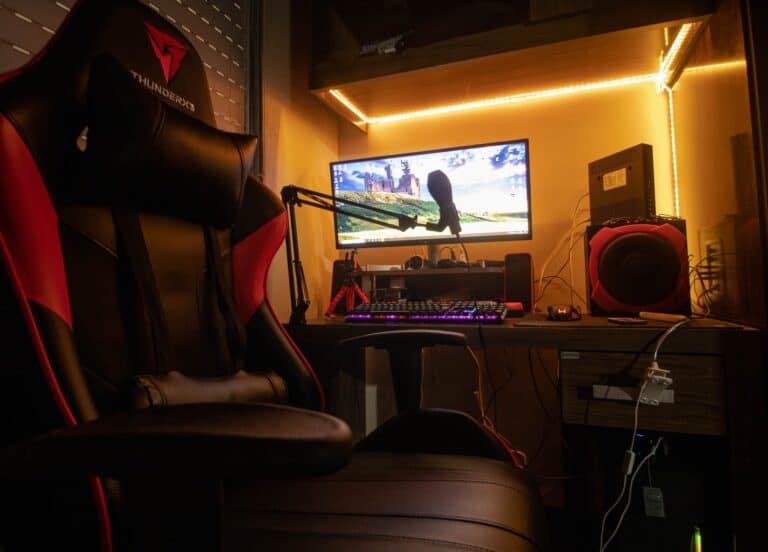The Art of Crafting Remote-Ready Board Games: Rising with Virtual Tabletop Platforms
Introduction: The Virtual Board Game Revolution
The rise of virtual tabletop platforms has ushered in a fresh chapter in the saga of board game design. Catering to remote play and ensuring seamless online experiences have become vital priorities for game creators. As we traverse the landscapes of this digitally powered revolution, we delve into the art and intricacies of crafting board games for the remote-ready world.
Embracing the Digital Shift: Challenges and Opportunities
In the face of technological advancement, traditional board game design has morphed into a more complex, digital-friendly discipline. This shift, while offering new opportunities, has also posed some challenges for designers. How can you replicate the tactile joy of moving game pieces on a screen? How do you foster the spirit of camaraderie and competition in a virtual space?
These questions remind us of the wise words of Steve Jobs, “Innovation distinguishes between a leader and a follower.” Game designers, like innovators in any field, need to embrace these challenges and use them as catalysts for creativity and change.
Crafting the Perfect Digital Interface: The Tech Blueprint
The journey to a successful virtual board game begins with a well-designed digital interface. This interface should simulate the physicality of traditional board games while introducing features that make remote play enjoyable and easy to navigate. Whether it’s intuitive drag-and-drop mechanics or interactive game elements, designers must focus on creating a user-friendly virtual gaming environment.
Reid Hoffman, the co-founder of LinkedIn, emphasized, “You jump off a cliff and you assemble an airplane on the way down.” This approach mirrors the journey of game designers adapting to digital platforms, building their tech blueprint as they navigate this new terrain.
Keeping the Social Spirit Alive: Fostering Virtual Engagement
One of the vital aspects of board games is the social connection they foster, which must be translated into the virtual format. Designers need to devise ways to maintain engagement and social interaction in an online environment. This might include real-time chat functions, reaction emojis, or interactive prompts that encourage communication among players.
Patrick Bet-David, an influential thought leader in entrepreneurship, asserts, “A dream becomes a goal when action is taken toward its achievement.” With that in mind, it’s up to game designers to actionize their dreams of creating a socially engaging virtual game.
Conclusion: Charting the Future of Board Game Design
In the age of virtual tabletop platforms, the board game design landscape has been redrawn. The shift from physical to digital brings challenges, but it also paves the way for innovation and new gaming experiences. By crafting user-friendly interfaces and fostering social interaction, designers can create immersive and engaging board games for the remote-ready world.
As we venture into this new era, we should remember that the essence of a great board game, whether physical or virtual, lies in its ability to bring people together and provide a captivating escape from reality. Designers have the opportunity to redefine what this escape looks like, and it’s an exciting prospect to anticipate.
FAQs
What challenges do game designers face in adapting board games for remote play?
Answer: Designers need to replicate the physical, tactile joy of traditional board games in a digital format and foster the social connection that these games usually provide.
How can designers create user-friendly interfaces for virtual board games?
Answer: They can focus on intuitive design elements, like easy navigation, clear instructions, and interactive features that simulate the experience of playing a physical board game.
How can virtual board games maintain social engagement?
Answer: Designers can incorporate features like real-time chat functions, reaction emojis, and interactive prompts that encourage communication among players.
Keywords: Virtual tabletop platforms, Board game design, Remote play, Digital interface, Social engagement.
References: BoardGameGeek, The Dice Tower, Polygon.
Anecdote: A few years back, I was part of a team developing a virtual version of a popular board game. We struggled with translating the physical experience into a digital format. But then, during a late-night brainstorming session, we struck upon the idea of using haptic feedback to simulate the feeling of moving game pieces. This feature, coupled with a fun, interactive interface, turned our project into a massive success. It was an exhilarating journey and a testament to the power of innovative thinking in the world of board game design.







